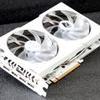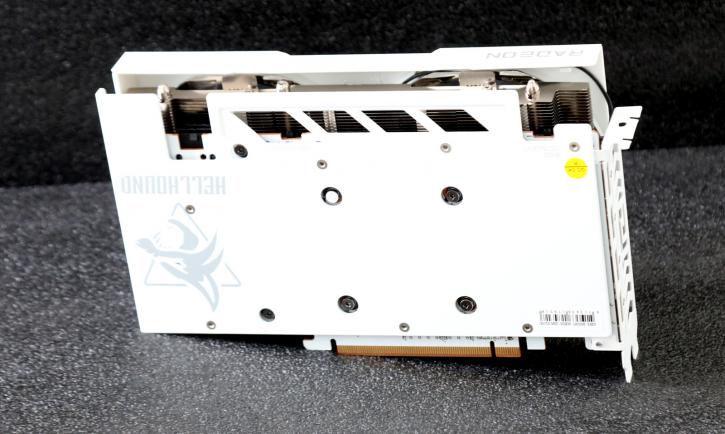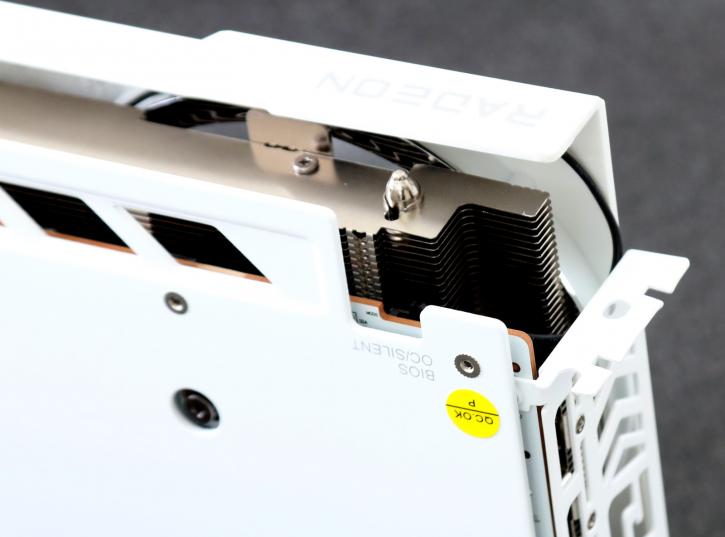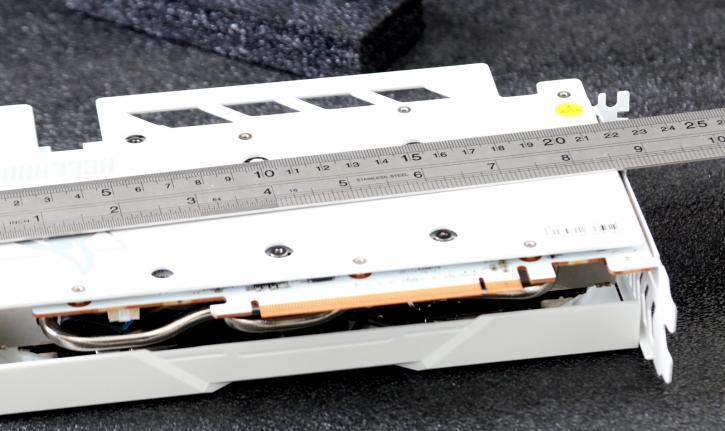Product Photos
Product Photos
The 6650 XT series will not (yet) replace the 6600 series; the Radeon RX 6650 XT also features 2048 stream/Shader processors. The L3 cache and RDNA2 GPU architecture, on the other hand, will result in a speedier product. This AIB card operates at a maximum Turbo clock speed of 2689 MHz. The BIOS supports fan stop in idle mode, which means the card is passive (no fans spinning) while not in use, benefiting from a silent device. Two spinners and a single 8-pin power connection are seen.
The Navi 23 XT GPU is supposed to power the PowerColor Radeon RX 6650 XT Hellhound, which has 2048 cores crammed spread out over 32 Compute Units. The combination of a nice sturdy backplate with modest looks works somehow. This is a card that can be inserted into a low-cost (well ...) system build and quickly improve its appeal.
While the GPU configuration remains consistent between the two cards (RX 6650 XT and RX 6600 XT), the internal clocks and power limitations have been tweaked somewhat. The card will include two BIOS profiles, one for silent mode and one for OC mode. The PowerColor Radeon RX 6650 XT will run at reference speeds of 2410 MHz Game and 2635 MHz Boost while using the silent profile. The OC mode has faster clock speeds, with 2486 MHz Game (vs 2382 MHz on the 6600 XT Hellhound) and 2689 MHz Boost (vs 2593 MHz on 6600 XT).
The relatively small size of this card shows a length of almost 9 inches / 22cm. Memory will remain at 8 GB and 128-bit bus interface, but clock speeds will be increased to 17.5 Gbps to give an effective bandwidth of 280 GB/s versus the current model's 256 GB/s. This is a 9% increase, and when the CPU and memory clocks are combined, it results in a 5 maybe 10% performance improvement in games.
The higher clocks necessitate more power. It is to be assumed that the TBP has increased slightly from the present card's 160W. The custom edition will feature a dual-fan, dual-slot cooler with a bespoke PCB design and a backplate. Because the card will only have a single 8-pin connector, the TBP must stay under a 225W restriction. We'll check that out later on in the article though.




